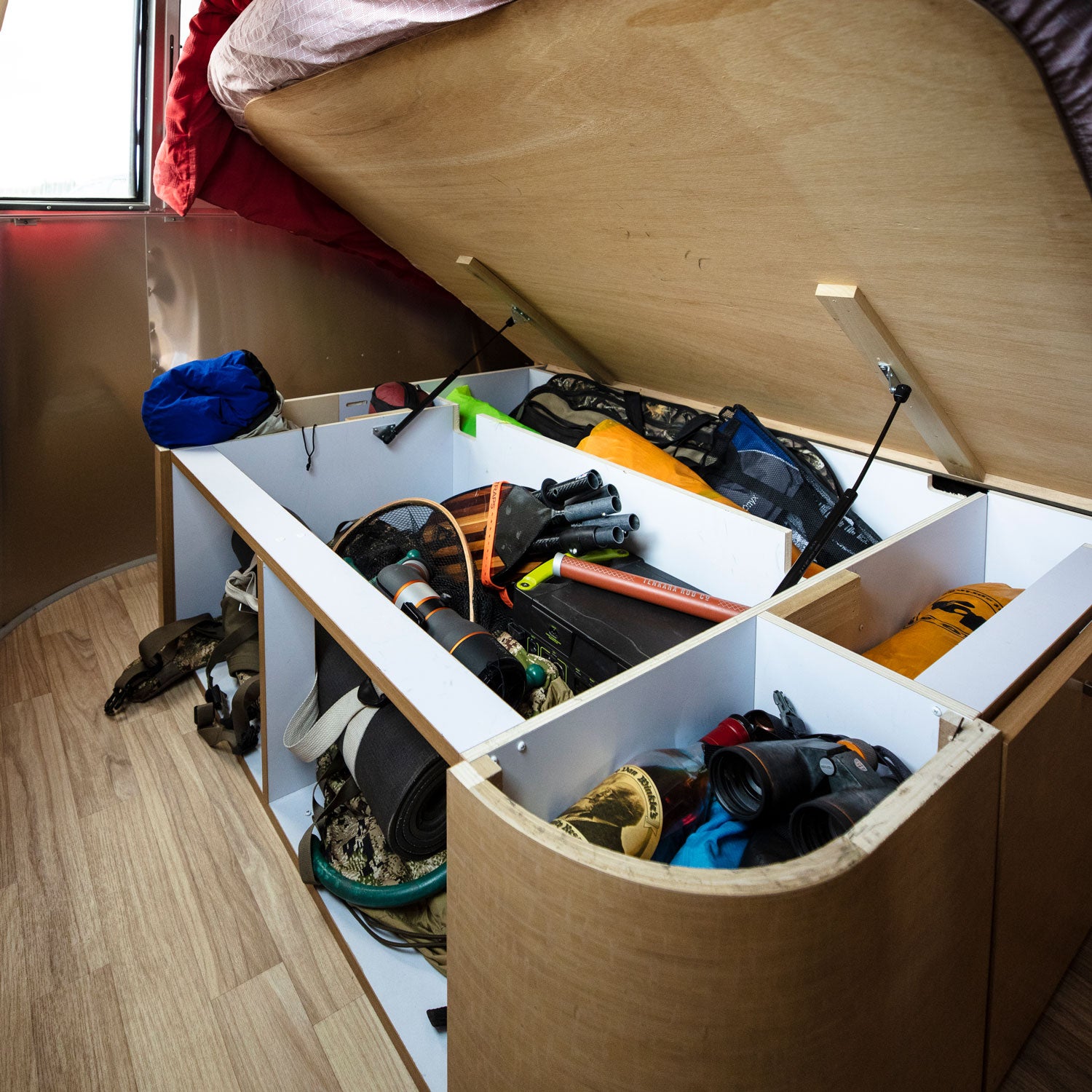Most people have their entire garage for gear storage. On the road, we’re confined to the bed of the Silverado, a few small cabinets, and the cubbies beneath where we sleep. Our bed is an RV queen, which is the same width as a standard queen but five inches shorter, and while that’s plenty roomy for a good night’s sleep, the storage below isn’t much bigger than a single shelf in our garage back home. For a longtime gear reviewer with a wife who has as many pastimes as I do, that’s paltry space.
But I’ve been astonished that we can carry everything we need. Part of this is thanks to decluttering: Hitting the road brings into focus what you really need and what you don’t. But also, gear continues to get lighter and more compact. Warm sleeping bags now stuff smaller than cinnamon rolls. Tents weigh less than the poles alone did when I was young. With some careful curating, you can stash all the gear you need in a pretty tiny space.
Under our bed, a space that measures 52 by 40 by 15 inches, we manage to keep all of the following: a two-person tent, a pair of sleeping pads plus two 15-degree sleeping bags, a Goal Zero generator, two inflatable kayaks (including collapsible paddles), a couple of 4,000-cubic-inch backpacks, a set of breakaway hiking poles, a fishing rod plus net and tackle, two yoga mats, a and foam roller for working out the kinks, a spotting scope and two sets of our favorite binoculars, boots and waders, an hammock, a Chillbo Baggins lounger, a and accoutrements, our electric for especially cold nights, and a portable solar panel. And that’s not even comprehensive. We stash all sorts of other odds and ends under the bed—including liquor when the kitchen is fully stocked.
This is all to say that road life doesn’t have to come with concessions. We recreate when and how we please, and despite limited space, we never feel constrained by our equipment. Here are some of our favorite packable items for life on the road.
Alpacka Caribou Pack Raft (From $795)
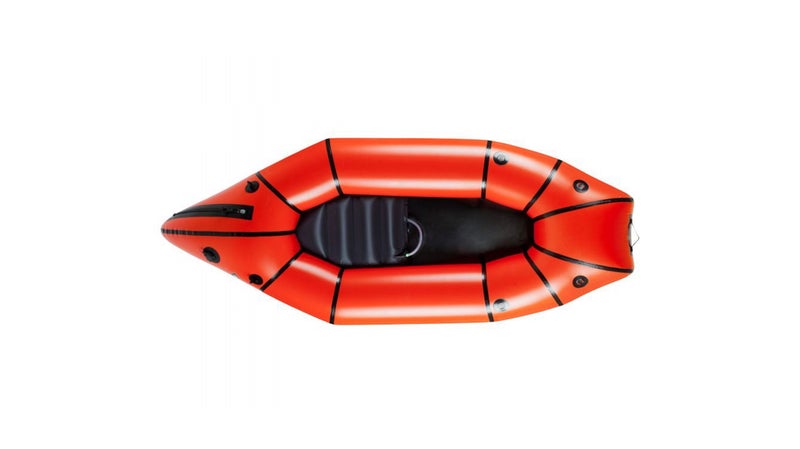
I’m no waterman, but I always figured that living in 200 square feet precluded having boats. Then a couple of friends started taking multiday bike-and-paddle trips on lightweight Alpacka rafts, which got my attention. This spring, the company launched a new ultralight model, , aimed at multisport adventures like bikepacking and hunting. I pulled the trigger.
These one-person rafts are nothing short of miraculous. Weighing just under five pounds and packing down as small as most two-person tents, each inflates to a full-size, highly maneuverable, super-buoyant craft intended for negotiating backcountry waters and carrying big loads on the bow, like a bike or downed game. The quick-inflate design—a nylon bag that attaches to a screw-on gasket—is nothing short of genius: Blowing up the boat in the field takes just five to ten minutes. The combination of a 210-denier nylon top and 840-denier floor makes these as burly as a typical Zodiac, but the tiny footprint means they are deft. And the smart Cargo Fly option, with waterproof-zipper access to the interior, allows gear stowage inside the raft tubes while boating.
On a three-day trip down the Rio Grande, Jen and I were able to carry all our camping gear and food and still easily negotiate Class II and Class III rapids despite our inexperience. (Alpacka also makes performance-oriented boats that are capable of piloting whitewater.) Best of all, the boats roll up small enough to pack onto the back of our bikes (and later, under the bed) for the trip back up the river to the car.
Big Agnes Tiger Wall UL2 ($400)
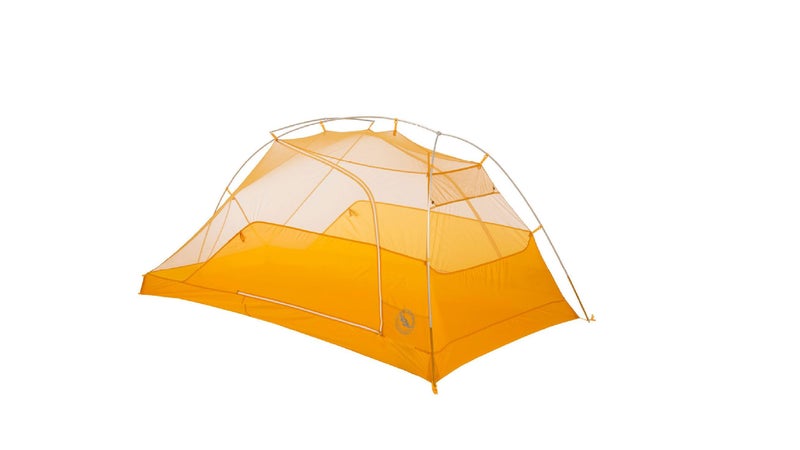
I’ve always maintained that the Big Agnes is the gold standard in backcountry tents, but the company’s , three-season design gives the old standard a run for its money. It’s just two pounds packed (only seven ounces more than the Fly Creek), but thanks to the addition of a small, swiveling cross-pole, it’s far roomier—enough for two people to share it without getting too cozy. The Tiger Wall also has two side doors with vestibules, as opposed to one head entry, which contributes to the spaciousness. It’s much more durable as well, with higher-denier nylon and tougher netting. The design is freestanding, with a full-mesh top for stargazing and ventilation, but you’ll definitely need ground space to stake the bottom corners and vestibules to take advantage of the entire footprint. Every time I set up this shelter, I marvel at just how big and burly it is for its minuscule size and weight. And while it may not be the most stable in high winds, we’ve used the Tiger Wall in big rains and stayed cozy and dry.
Tenkara Rod Company Mini Sawtooth Package ($200)
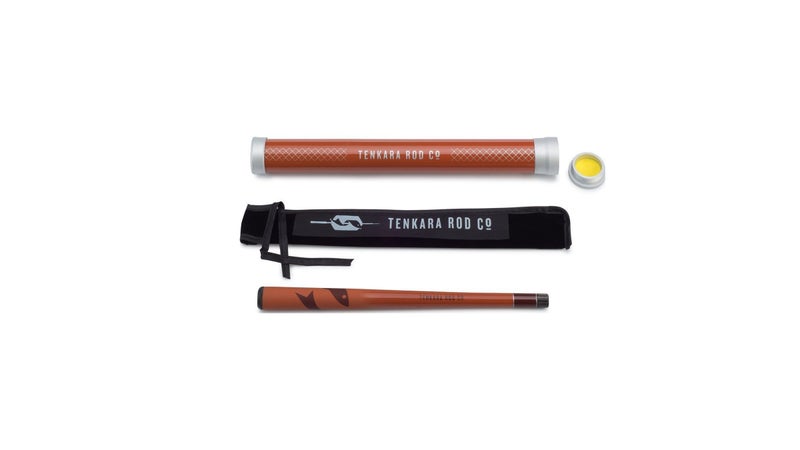
This telescoping, Japanese-style is so ridiculously trim that, when packed, it would be easy to mistake for a chopsticks carrying case. The ten-section rod collapses to just 14 inches and telescopes to 8'8″ with the flick of the wrist. (The company also sells bigger rods for bigger fish.) All Tenkara rods come as packages, including the line, flies, and tippet, meaning you’re up and fishing out of the box. And since this rod is so tiny, we almost always pack it along, which has led to lots of unanticipated fishing. There’s no reel—just a rod, line, and flies—which means you won’t be casting long distances. But we’ve used the Tenkara on little mountain streams to catch brook trout aplenty.
Mystery Ranch Metcalf ($525)
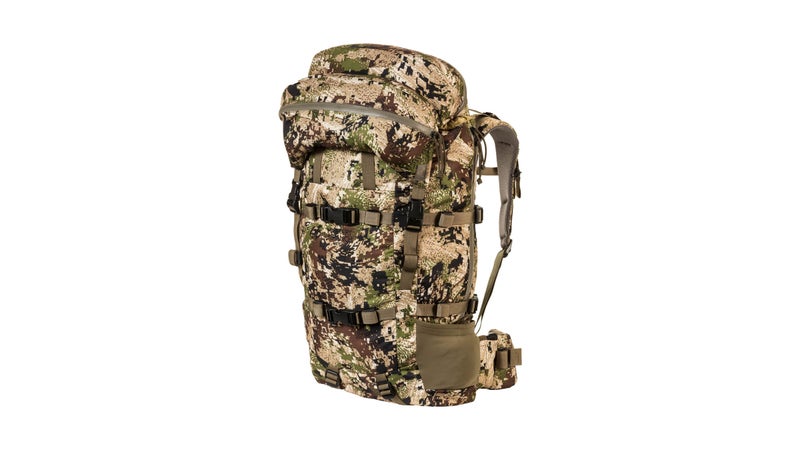
isn’t the lightest-weight backpack (6.1 pounds), but I have chosen it as my road pack for its versatility. At 4,333 cubic inches, it’s large enough for weeklong backcountry expeditions, but the single-compartment design, detachable lid, and web of straps make it easy to cinch down for day use. With only two small base pockets, it’s not a pack for those who want a ton of small compartments, though the full-length zipper facilitates easy access to gear on the trail. The right-hand stretch pocket and side compression also make it easy to strap on bulky items like poles, skis, or a rifle, and the fully adjustable harness system makes even huge loads feel comfortable. I’ve carried 90- and 100-pound loads in the Metcalf, and it hasn’t seen so much as a blown seam. While I chose Sitka’s OptiFade pattern to add hunting versatility, the Metcalf is also available in neutral colors.
Goal Zero Yeti 1400 Lithium ($1,800)
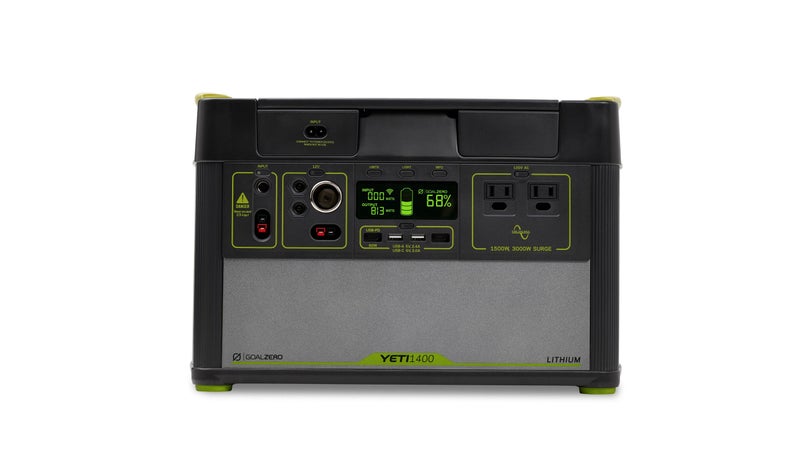
Jen and I depend on this , complete with built-in inverter, to keep our electronics powered up in the backcountry. At 44 pounds and about the size of two car batteries, it may not seem small, but you have to consider its evolution to appreciate how trim it really is. Just a couple years ago, we depended on a Yeti 400, which had less than a third of the battery capacity of this new lithium model but weighed 29 pounds. At the time, we considered the Yeti 1000, but it was so hefty that it would have required a cart for me to move it. The fact that this new lithium version gets 1,425 watt-hours in a package I can easily carry is pretty amazing. There are two standard 110-volt wall plugs, two 12-volt ports (including a car-lighter style), and four USBs, so we can plug in a whole range of gear at once. Using the battery solo with just my MacBook Air, I’ve powered five full days of work. The digital display makes it simple to monitor power with by-the-minute percentage, and using Goal Zero’s portable solar panel, it’s easy to keep the unit topped up almost indefinitely.
Maven S.1A Spotting Scope ($2,100)
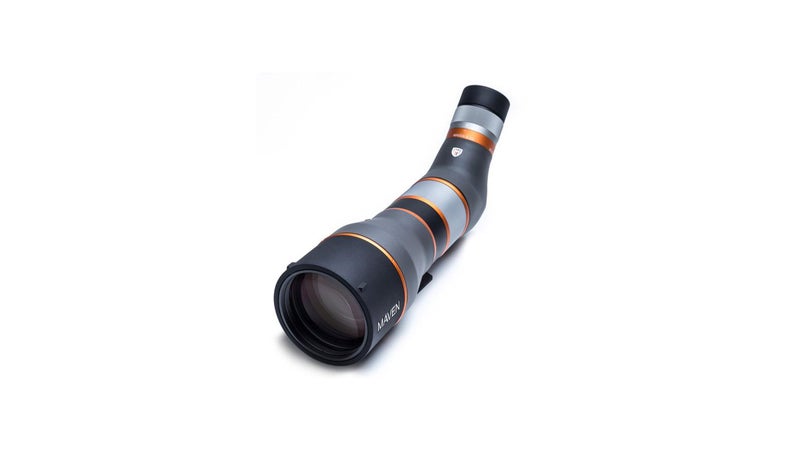
This from Wyoming-based direct-to-consumer optics brand Maven is a bit of a specialty item that we got primarily for hunting, but we’ve come to appreciate it for general entertainment value as well. Like a good set of binoculars, this scope has provided me hours of gazing out at distant mountains and hillsides to search for and watch game. It also doubles as a telescope and makes for unbelievable viewing of the moon and other celestial bodies. With 25-50x magnification and an 80-millimeter objective lens, the S.1A has, like all of Maven’s products, some of the finest glass I’ve tried and offers such good light gathering that it’s almost miraculous what you can see after dark. This scope is pricey, no doubt, though it’s significantly less costly than the competition. And being not much bigger than a cycling water bottle, it tucks neatly away.
Black Diamond Distance Carbon Z Trekking Poles ($170)
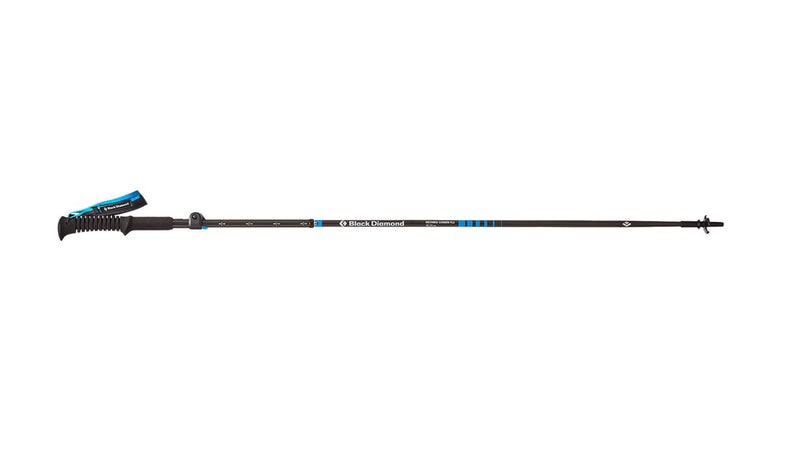
Because we do a lot of backcountry hiking with heavy loads as well as overland running, a set of poles is mandatory. But finding a good spot for four feet of metal and foam isn’t always the simplest. Enter these trifold collapsible from Black Diamond, which break down to just 16 inches long and weigh a scant ten ounces. These poles are so feathery that we never hesitate to strap them onto a pack for a day, even if we’re unsure whether we’ll need them. And to really minimize, Jen and I split a pair, each using just one pole when the terrain is especially demanding.


